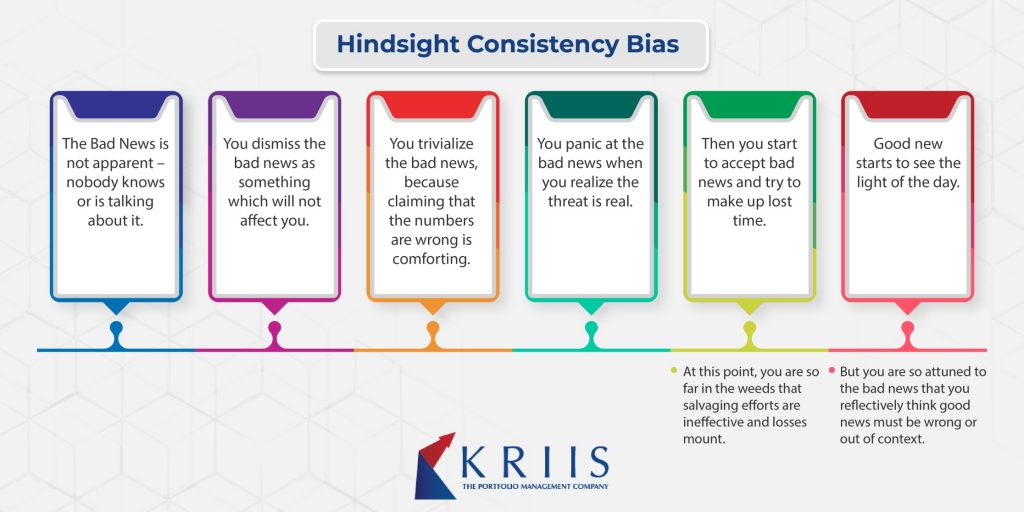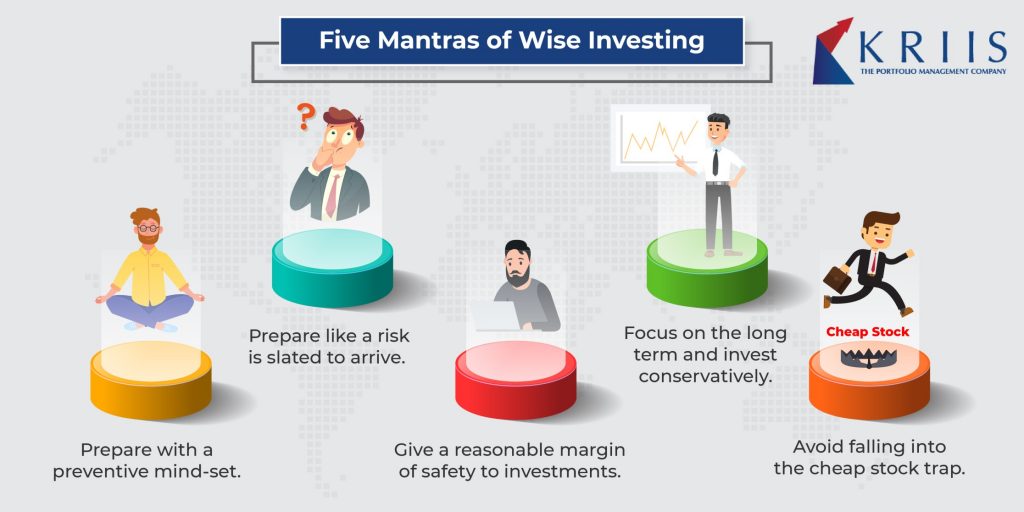At first, The Bad News is not apparent – nobody knows or is talking about it.
Then, you dismiss the bad news as something which will not affect you.
Then you trivialize the bad news because claiming that the numbers are wrong is comforting.
Then you panic at the bad news when you realize the threat is real.
Then you start to accept bad news and start alleviating your losses, ad trying to make up lost time.
At this point, you are so far in the weeds that salvaging efforts are ineffective and losses mount.
When the Good News finally starts to see the light of the day, you are so attuned to the bad news that you reflectively think good news must be wrong or out of context. This is only natural – a hindsight consistency bias.

The spread of COVID-19 and the worldwide economic downturn that followed is the bad news that needs to be addressed.
Experience has taught us this – we are bad at forecasting the economy because just can’t analyze real risks – they are the ones you don’t see. No one prepares for such risks which is why they amplify.
While economic crashes can be devastating, overnight collapse is in a league of its own. Business moats and brand awareness don’t dictate when your customers are ordered by law to stay in their homes – and when this happens, you are caught unawares.
Ultimately, we will recover from COVID-19, however long it takes. Stores will reopen, businesses will rebuild. The wounds will heal. But what about the scars? How deep entrenched will they be and how long will they stay with us? A Generation that has lived through both the economic fall of 2008 and the current economic crisis within little more than a decade shall go through multiple attitude shifts:
- It will produce a generation of super-savers who avoid leverage and are less swayed by opportunity costs.
- People will foster a desire for a strong social safety net, driven by a conviction that even extreme preparation cannot fully prepare you for unforeseen systemic shocks.
But before going to the extremes of the spectrum, here is what you should be doing consciously and able mindedly:
- Prepare with a preventative mindset, not a remedial one.
- Prepare like a risk is slated to arrive, but you don’t know when.
- Give yourself a reasonable margin of safety towards your investments.
- Volatility is your friend. Focus on long term. Keep some cash. Invest in a conservative manner and recheck asset allocation. Don’t borrow to invest and don’t speculate.
- Avoid falling into traps – especially value traps where stock appears to be cheap because of low multiples of price-to-earnings(P/E), (P/BV) or even cash flow. If you focus merely on the cheapness of the stock price, you tend to ignore the cheapness of the underlying business.

On a concluding note, this quote from Seth Klarman’s letter, “The Value Of Not Being Sure” shall help you keep a clear vantage point –
“If you see stocks as blips on a ticker tape, you will be led astray. But if you regard stocks as fractional interests in businesses, you will maintain a proper perspective. This necessary clarity of thought is particularly important in times of extreme market fluctuations.”

